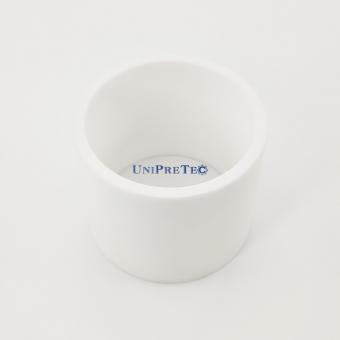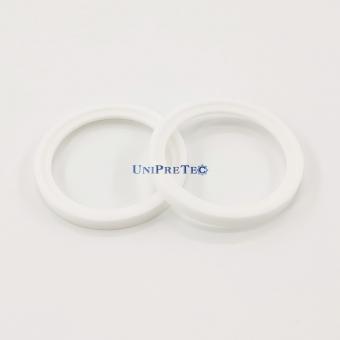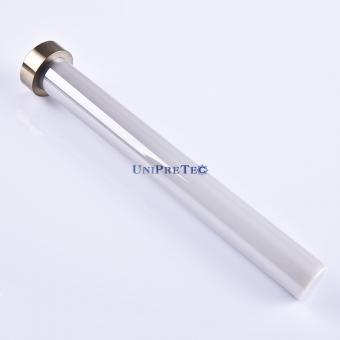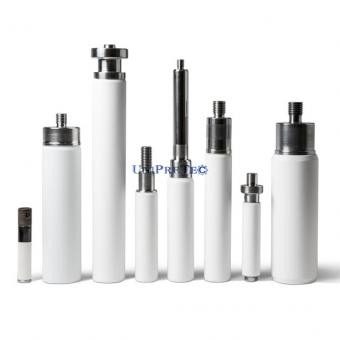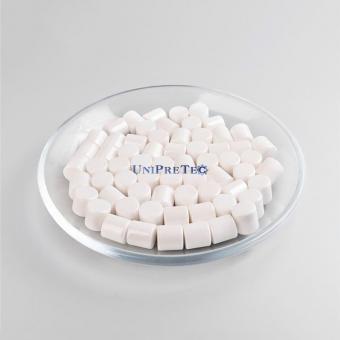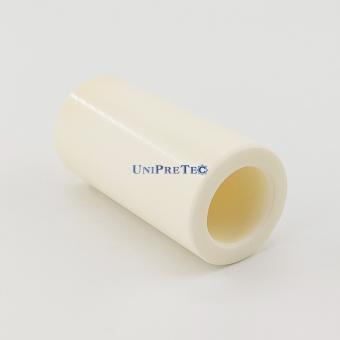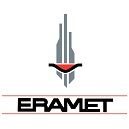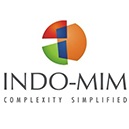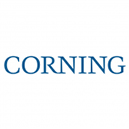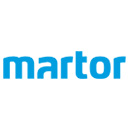With the development of semiconductor devices in the direction of high power, high frequency, and integration. High-power semiconductor devices are widely used in industrial electronics such as smart power components, automotive electronics, aerospace and military electronic components, solar panel components, and lasers.
Any semiconductor device has a certain loss during operation, and most of the loss becomes heat. Statistics show that device failures caused by heat are as high as 55%. The chips, metal plating and other parts in the semiconductor package generally have good heat dissipation. Therefore, the thermal conductivity of the insulating substrate material is the key to the heat dissipation of the entire semiconductor device. In addition, semiconductor devices are often faced with complex mechanical environments during use, which also puts forward high requirements on the service reliability of the materials used in semiconductor devices. An excellent substrate material should have high thermal conductivity and good mechanical properties. Ceramic materials have excellent thermal conductivity and mechanical properties, and have the advantages of high melting point, high hardness, high wear resistance, and oxidation resistance. It is the best material for high-end semiconductor devices, especially high-power semiconductor device substrates.
1. Performance requirements of substrate materials for semiconductor devices
The semiconductor packaging substrate material is a substrate that carries electronic components and their interconnections, and has good electrical insulation. The substrate material should have the following properties: ① good insulation and resistance to electrical breakdown; ② high thermal conductivity rate: operating condition during a direct impact on the thermal conductivity of a semiconductor non-uniform temperature distribution and life, resulting in poor heat radiation of the electronic device will also greatly increase the noise; ③ the coefficient of thermal expansion matching with other materials of the package; ④ good high frequency characteristics: Low dielectric constant and low dielectric loss; ⑤Smooth surface and uniform thickness: It is convenient to print the circuit on the surface of the substrate and ensure the uniform thickness of the printed circuit.
2. Silicon nitride (Si3N4) ceramic substrate
Si3N4 has three crystal structures, namely α phase, β phase and γ phase. Among them, α phase and β phase are the most common forms of Si3N4, both of which have a hexagonal structure and can be prepared under normal pressure. Si3N4 ceramics have many excellent properties such as high hardness, high strength, low thermal expansion coefficient, low high temperature deformation, good oxidation resistance, good thermal corrosion performance, low friction coefficient, and similarity to oil-lubricated metal surfaces. It is a structural ceramic material with the best comprehensive performance. The theoretical thermal conductivity of monocrystalline silicon nitride can reach 400W/(m·K), which has the potential to become a high thermal conductivity substrate. In addition, the thermal expansion coefficient of Si3N4 matches well with materials such as Si, SiC and GaAs, which makes Si3N4 ceramics an attractive substrate material for electronic devices with high strength and high thermal conductivity.
Compared with other ceramic materials, Si3N4 ceramic materials have obvious advantages, especially the high temperature resistance performance of silicon nitride ceramic materials under high temperature conditions, chemical inertness to metals, ultra-high hardness and fracture toughness and other mechanical properties. Comparing the performance of the three ceramic substrate materials of Si3N4, AIN and AL2O3, it can be concluded that the bending strength and fracture toughness of Si3N4 ceramics can reach more than twice that of AIN. Especially in terms of material reliability, Si3N4 ceramics have advantages that the other two cannot match.
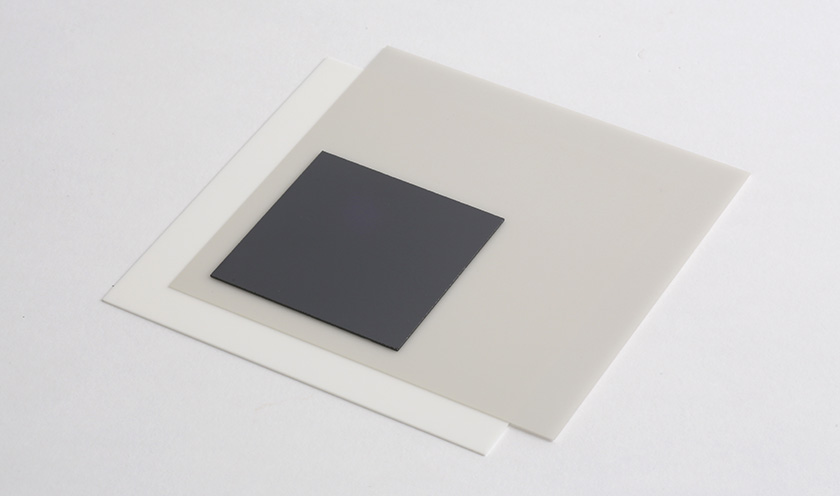
Si3N4 ceramics have a strong covalent bond structure, which makes the thermal conductivity of commonly used Si3N4 ceramic structural products low. However, through formula design and sintering process optimization methods, the current high thermal conductivity Si3N4 ceramics can reach 80-100W/(m·K) without loss of mechanical properties. The excellent mechanical properties of Si3N4 ceramic substrate allow it to be coated with thicker metallic copper (Cu). An AlN ceramic substrate with a thickness of 0.635mm can only be coated with Cu with a thickness of about 0.3mm on one side. A thicker Cu layer will cause the substrate to crack, while a Si3N4 ceramic substrate with a thickness of 0.32mm can be coated with copper on one side of 0.5mm or more. The thermal resistance of these two types of ceramic copper clad laminates is 0.5°C/W, that is, the heat dissipation of the two types of ceramic copper clad laminates is equivalent when in use.
The broad market prospects of Si3N4 ceramic substrate materials in the future have attracted the attention of international ceramic companies. At present, only a few companies such as Toshiba, Kyocera and Rogers actually use Si3N4 ceramic substrates in the actual production of electronic devices. The thermal conductivity of commercial Si3N4 ceramic substrates is generally 56 to 90W/(m·K). Take Japan's Toshiba Corporation as an example. As of 2016, it has occupied 70% of the global silicon nitride substrate market share. According to reports, its Si3N4 ceramic substrate products have been used in the hybrid electric vehicle / pure electric vehicle (HEV/EV) market .
3. Conclusion
At present, global semiconductor device technology is developing in the direction of higher voltage, higher current, and greater power density. This trend promotes the application of wide-bandgap semiconductors. The high power and the complex mechanics of the use environment put forward extremely strict requirements on the service reliability of the packaging materials. The Si3N4 ceramic substrate is a substrate material with the best comprehensive performance that integrates high thermal conductivity and high reliability. The Si3N4 ceramic substrate is bound to be the development trend of ceramic substrates for semiconductor devices in the future, and will provide a solid material foundation for the development of third-generation semiconductors.







